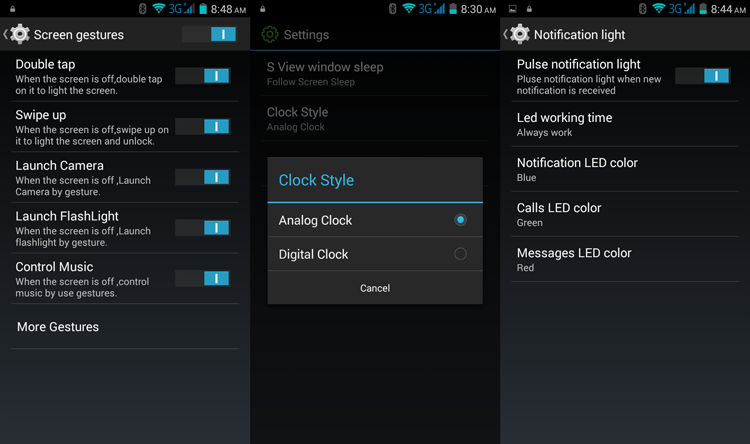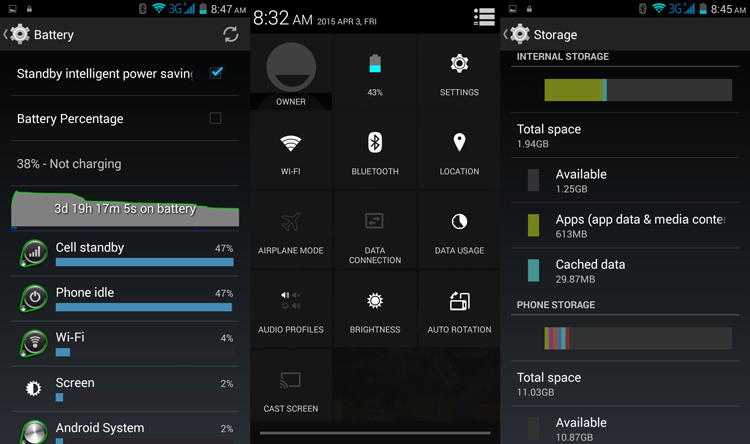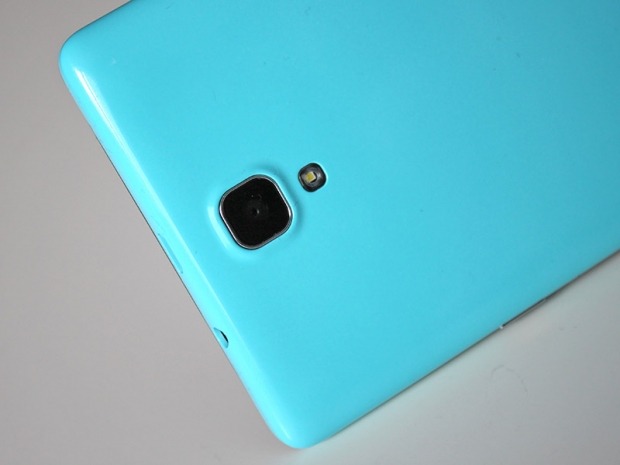Index
OS, UI and Everyday Use
This is where it gets really interesting, or not, depending on how you look at it. The Mlais M52 ships with Android 4.4.4, but an OTA update to Android 5.0 is coming soon, just in time for launch. This is probably a matter of weeks, but we could not confirm the date.
Now, when we say Android we mean Android, as in stock Android. There are no skins, no bloatware, nothing. The M52 boots up remarkably fast, since it doesn’t have to deal with bloat. We mentioned the Moto E and G in the introduction, and Mlais is basically emulating Motorola by keeping Android as clean as possible. This means the end user gets a straightforward user interface, just the way Google intended.
Chinese vendors have a habit of using their own Android skins that often try to mimic the look of Apple’s iOS, with squared icons and no app drawer. Not Mlais – and we applaud the small company’s decision to stick to near-stock Android. We really wish more Chinese phonemakers would use the same approach, especially on low-end devices, as it would make their phones more appealing to western consumers.
Since this is practically stock Android, there’s really not much to talk about. Anyone coming from a Moto G or Nexus should feel right at home. The only bad news is that we didn’t get a chance to check it out with Android 5.0, but the update should be available soon, which should make the user experience even better.
Bottom line – this is the best thing about the Red Note.

We were surprised to see a set of screen gestures available on this rather stock Android 4.4.4 phone. A double tap will turn the phone on, swipe up when the screen is off, will unlock the phone. If you draw a C on a turned off screen, you will launch the camera app, while a V would launch a flashlight, and you can even control the music player with gestures. The annoying part was that the capacitive buttons light up in red for a few seconds only. It is easy to forget where the home is, or where is the menu or back button. They would light up instantly when you would touch one of them but, we would like to see a bit more control over them. This is a minor issue since users are bound to get used to their location in a matter of days.

As far as everyday use goes, the phone suffers from typical phablet foibles – it’s a bit too big for single-handed use and pocketability may be limited. Luckily at 8.2mm it is quite thin for its size and spec.
Dual SIM support is common on Chinese phones and the Mlais M52 is no exception. Many phones nowadays ship with a dual-use tray, so you get a choice of using two SIM cards, or a single SIM card and memory card. The Mlais M52 can accommodate two SIM cards (one standard, one micro) and a microSD card up to 64GB at the same time, which is nice.
In terms of network support, the phone be compatible with 3G networks in many regions, and quite a few 4G standards are supported, too. However, before you decide to pick one up, you need to do your homework and check whether or not it supports the right standards for your region/carrier, just in case.
With a 3200mAh battery, the Mlais M52 should have no trouble keeping up with a busy schedule. Even with heavy use you should get a day of use, but if you’re very light on data and content consumption, you could get as much as two days. Although 3200mAh sounds like a lot and many users are likely to expect more than a day on a single charge, keep in mind that the device features a big display and relatively powerful hardware, so don’t expect miracles. We also suspect it’s not as optimised as big brand phones.




